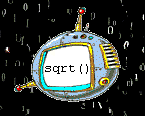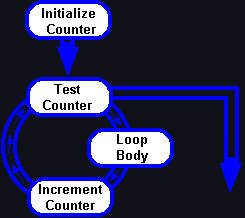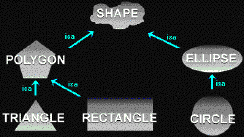|
 ` ` |
|
 |
|
 |
|
 |
|
 |
Appendix: C++ language structures |
 |
Programming in C++
Table of Contents (for 6 of 16 chapters)
|
 ` ` |
|
 |
|
 |
|
 |
|
 |
Appendix: C++ language structures |
 |
Back to themes of The Universal Machine
Back to features of the book
Back to home page for The Universal Machine